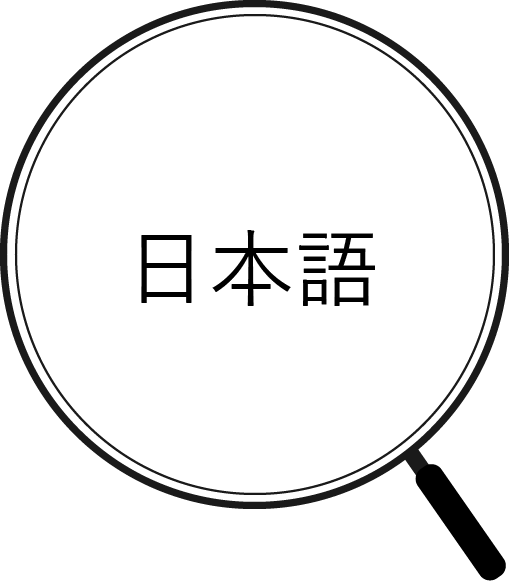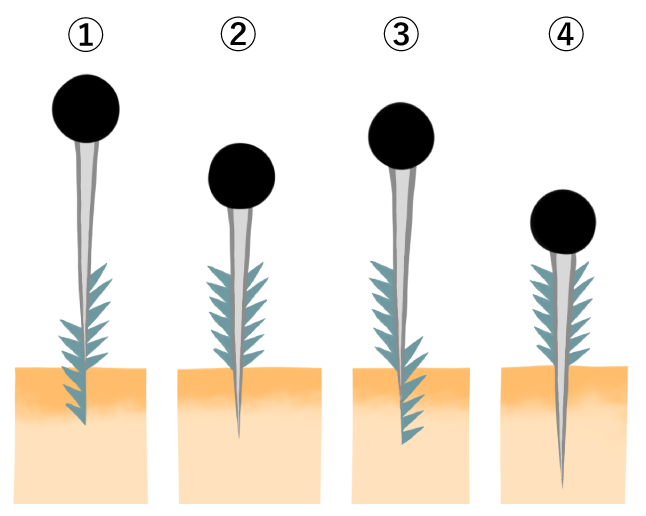


Needles Inspired by Mosquitos
In recent years, attention has been focused on "biomimetics," the use of the special functions and amazing abilities of organisms. Inspired by the mechanism of mosquitoes sucking blood, a "painless injection needle" is now being developed and used.
How Mosquito Needles Work
Mosquitoes' needles are not a single thin stinger. Mosquitoes have a total of seven stingers, two each in the upper lip, lower lip, pharynx, mandible, and maxilla. These seven needles are used to suck blood. The three most important are the upper lip and the maxilla. The long, thin needle in the middle is called the upper lip, and the jagged needle around the upper lip is called the maxilla. These small, jagged needles have a smaller surface area that touches the skin, resulting in less resistance. This makes it easier to pierce the skin and reduces pain.

How Mosquitoes Suck Blood
The process mosquitoes use to suck blood is as follows.
2. Pull both of the maxilla while piercing the skin with the upper lip.
3. Pierce the skin with the opposite side of the maxilla and pull the upper lip.
4. Pull both maxillas and pierce the skin with the upper lip.

This 1~4 action is repeated 2 or 3 times per second as the needle is inserted. Then, the pharynx produces saliva that prevents the blood from clotting, and the blood is sucked out of the upper lip over time.
"Painless Needles"
A company that focused on the fact that mosquitoes have jagged maxillas has developed an injection needle for diabetics in a joint research with Kansai University. Patients with diabetes stick needles into their fingertips several times a day to draw blood and measure their blood glucose levels. Therefore, there was a need to develop an injection needle that would be as painless as possible. The newly developed needle is made of a harmless resin (polylactic acid) that dissolves even if it breaks and remains in the body. The needles are less painful and safer because of their jagged structure and harmless resin, and are said to be well received by patients.
However, with this needle, there is no hole in the needle to inject the drug, only to stick the needle in and bleed out.
Nowadays, hollow needles (needles that can inject drugs and collect blood) with a diameter of 0.1mm are being developed. However, the diameter of the needles of mosquitoes is 0.03mm, therefore, a completely "painless injection needle" is yet to be manufactured. However, if the mechanism by which mosquitoes suck blood can be applied to injection needles, it may be possible to achieve completely "painless needles" for use in drip infusions and blood collections.
This site is participating in the 23nd Japan Junior high school/high school Web contest(第23回全国中学高校Webコンテスト).
